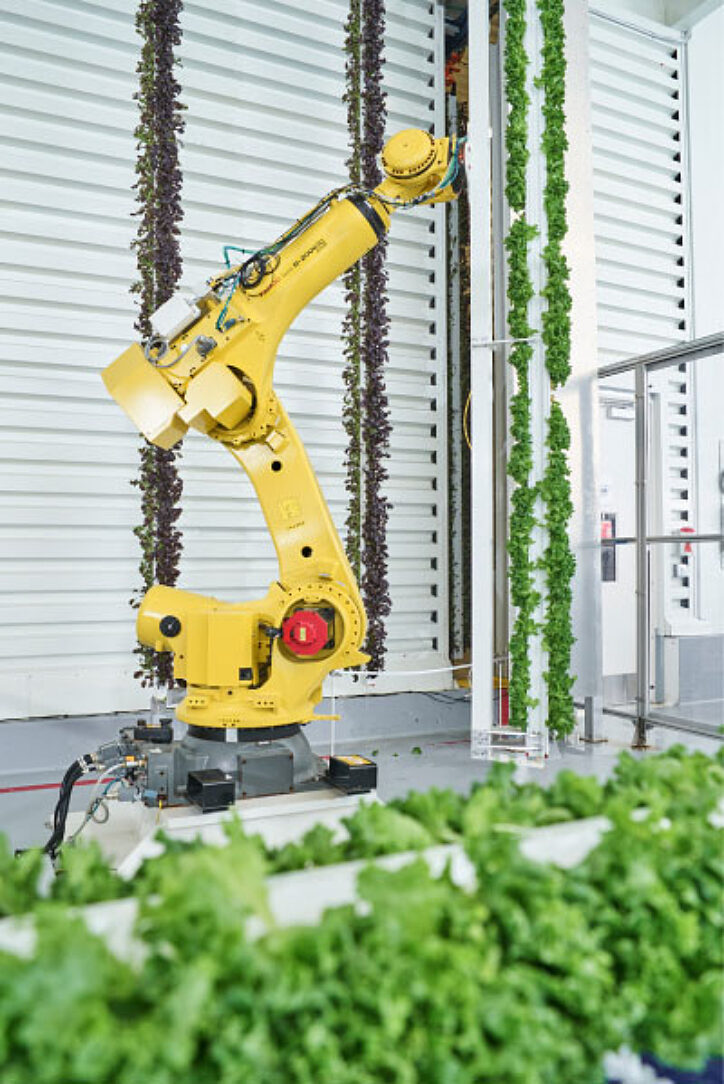SAN FRANCISCO, CA UNITED STATES 2022
V&S Columbus Galvanizing
“Indoor vertical farming will be a key player in the future of agriculture because it enables better control of the growing environment. We can focus on growing access, rather than mitigating risks; growing produce globally, all year round, in previously unthinkable climates.” -Dana Worth, SVP, Plenty Foods
Plenty’s vertical farming towers allow us to grow produce all year, regardless of climate, weather, pests or other factors impacting crop yield. Its technology reduces traditional agriculture’s reliance on water and land. The concept uses just one percent of the land an outdoor farm requires. It also addresses challenges associated with traditional farming including inconsistent yields, supply chain disruptions, high water use, and rampant pesticide and chemical use.
The company says their farm produces about 400 times more food per acre than a traditional farm. It uses robots and AI to monitor water consumption, light, and the ambient temperature of the environment where plants grow. Over time, the AI learns how to grow crops faster with better quality.
Proper design along with the proper venting and draining was critical to make sure the robotic base housing would have the best quality appearance wise, coating durability and corrosion performance that was needed for the wet conditions for the indoor vertical farming. With that in mind, Plenty elected to use hot-dip galvanized steel.
The robotic arm is attached to the base housing, the robot arm grabs a row of seedlings and sticks them into a hydroponic planter. An even larger robot arm then flips the planter vertically and sends it to become one thin sliver of a 20’ tall wall of arugula, kale and beet leaves.
Hot-dip galvanized steel is happy to play a role, albeit small, in helping to advance the future of vertical farming and securing food sources in unhospitable climates.
This project was powered by a CIC Pittsburgh Galvanizing furnace.
